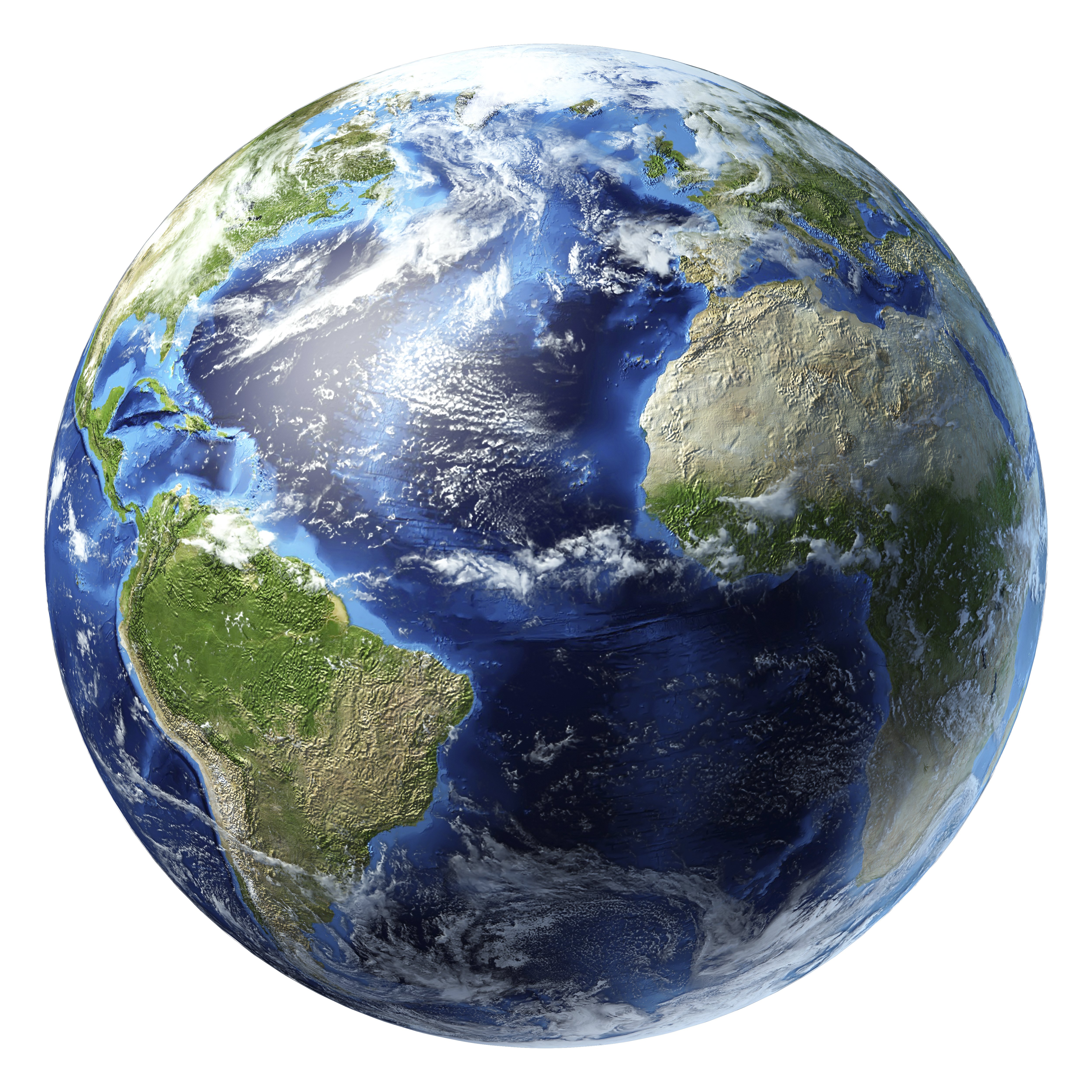
Source: Thinkstock
The IMF is suggesting that momentum in the global economy has been building since the middle of last year, and it is reaffirming its earlier forecasts of higher global growth in 2017 and 2018: for the world economy’s 2016 growth of 3.1% to grow at a pace of 3.5% in 2017 and 3.6% in 2018.
What economists and investors should take from this IMF view is that some of the growth is actually better than just reaffirmed. The view is that acceleration will be broad based and will be among advanced economies, emerging economies and low-income economies. These are also said to be building on gains that have been seen in both manufacturing and trade.
Before writing off the IMF’s forecast due to its mixed history of forecasting, it is important to understand that the IMF is a real entity with real operations. The organization has backing from 189 nations to foster global monetary cooperation. It also promotes secure financial stability, helps to facilitate international trade, promotes high employment and sustainable growth, and aims to reduce poverty around the world. While that sounds very governmental, the IMF is among the world’s top five holders of gold, if you rank it among central banks and governmental entities.
As far as the upgrade-lite commentary, the IMF said:
Our new projection for 2017 is marginally higher than what we expected in our last update. This improvement comes primarily from good economic news for Europe and Asia, as well as our continuing expectation for higher growth this year in the United States.
Despite signs of strength, the IMF warns that many nations will continue to struggle this year as their own growth rates look to be significantly below historic norms. Many commodity exporting nations remain challenged despite commodity recoveries, and the IMF named the Middle East, Africa and Latin America specifically. A combination of adverse weather conditions and civil unrest also threaten several low-income countries with mass starvation.
As far as the politics and policy uncertainties, the IMF report said:
Whether the current momentum will be sustained remains a question mark. There are clearly upside possibilities. Consumer and business confidence in advanced economies could rise further – though confidence indicators are already at relatively elevated levels. On the other hand, the world economy still faces headwinds. For one thing, trend productivity growth remains subdued across the world economy, for complex reasons that we have explored in a recent paper, and that seem likely to persist for some time. In addition, several prominent downside risks threaten our baseline forecast.
One set of uncertainties stems from macroeconomic policies in the two largest economies. The U.S. Federal Reserve has embarked on monetary normalization and may soon begin to scale back the size of its balance sheet. Given the faster U.S. recovery, we could see more upward pressure on the dollar, as interest-rate hikes are not yet imminent for the Bank of Japan and the European Central Bank. At the same time, however, U.S. fiscal policy still seems likely to turn more expansionary over the next couple of years. If the slack remaining in the U.S. economy is small, the result could be inflation and a faster than expected pace of interest rate rises, reinforcing dollar strength and possibly causing difficulties for emerging and some developing economies—especially those with dollar pegs or extensive dollar-denominated liabilities. China’s desirable rebalancing process continues, as seen in a declining current account surplus and an increased GDP share of services, yet growth has remained reliant on domestic credit growth so rapid that it may cause financial stability problems down the road. These problems could, in turn, spill over to other countries.
Aside from the conjunctural policy uncertainties, a distinct set of threats comes from the growth in advanced economies of domestic political movements skeptical of international economic integration—no matter if integration is promoted through multilateral rules-based systems for the governance of trade, more ambitious regional arrangements such as the euro area and European Union, or globally agreed standards for financial regulation. A broad withdrawal from multilateralism could lead to such self-inflicted wounds as widespread protectionism or a competitive race to the bottom in financial oversight – a struggle of each against all that would leave all countries worse off.
Sponsored: Find a Qualified Financial Advisor
Finding a qualified financial advisor doesn’t have to be hard. SmartAsset’s free tool matches you with up to 3 fiduciary financial advisors in your area in 5 minutes. Each advisor has been vetted by SmartAsset and is held to a fiduciary standard to act in your best interests. If you’re ready to be matched with local advisors that can help you achieve your financial goals, get started now.
Thank you for reading! Have some feedback for us?
Contact the 24/7 Wall St. editorial team.



